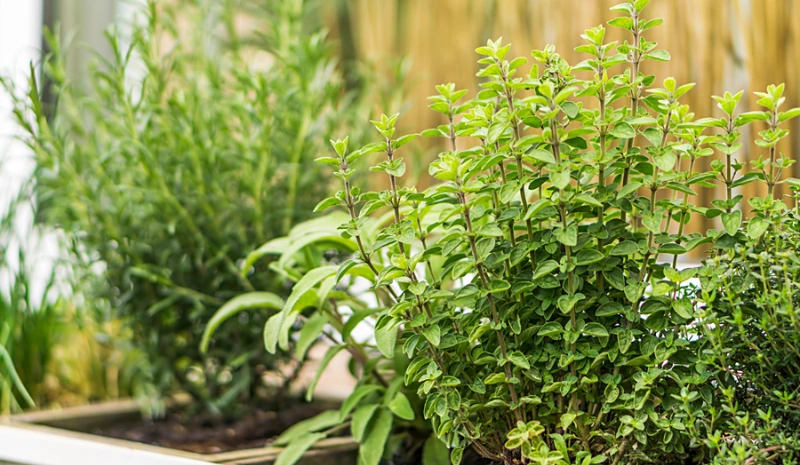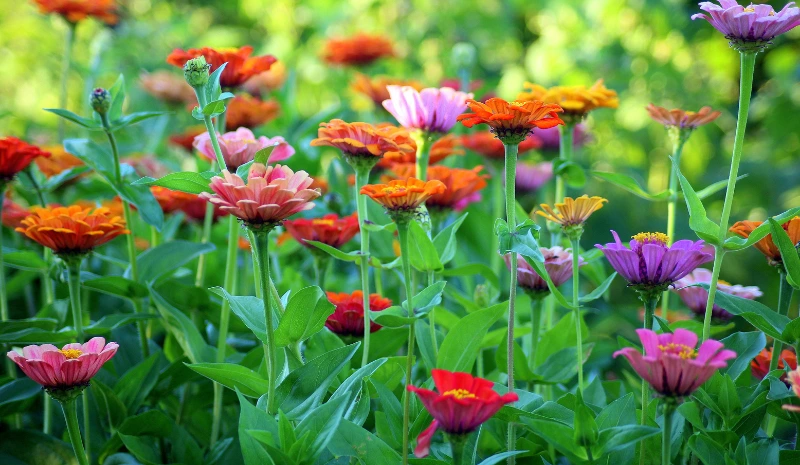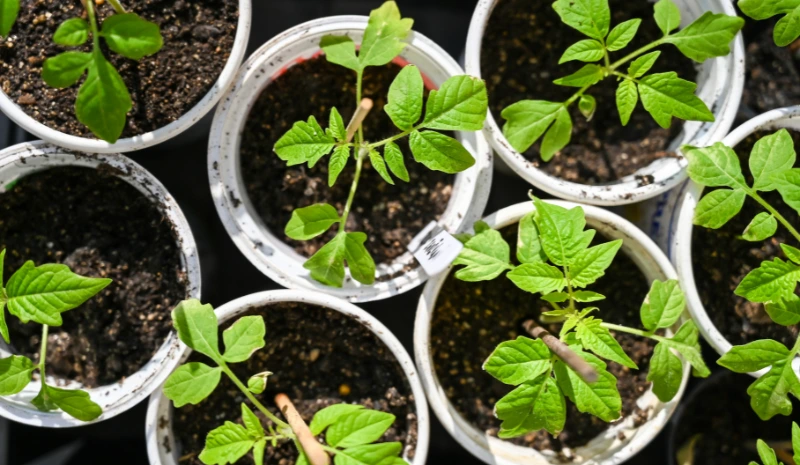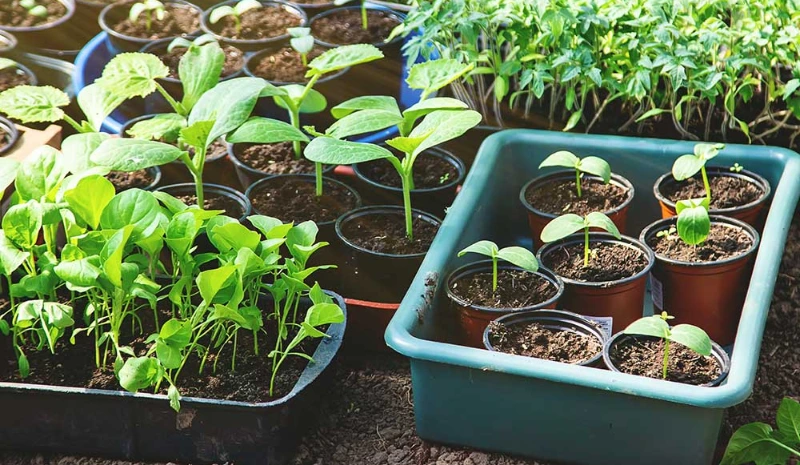Seed Tips
What to Sow in February: A Complete Guide for Every Climate
February is the perfect time to start sowing flower seeds, giving them a strong head start for a vibrant summer display. Whether you’re gardening in a cold climate with lingering frost or a milder region where spring arrives early, indoor sowing in late winter ensures healthy plants ready for transplanting when the weather warms.
By starting seeds indoors—on a bright windowsill, in a greenhouse, or under grow lights—you can enjoy earlier blooms and stronger, more resilient plants. This method is not only budget-friendly but also a rewarding way to grow a diverse range of flowers.
In this section, we’ll highlight the best vegetables, herbs, and flowers to sow in February, along with expert tips to maximize germination rates and ensure robust seedlings, no matter your climate.
Why February is the Perfect Time to Start Sowing

While February may still feel like the heart of winter in some regions, it’s actually an ideal month to start sowing seeds. Depending on your climate, you can begin planting indoors, in a greenhouse, or even directly in the ground where conditions allow.
As a transitional month between winter and spring, February offers a valuable opportunity to get ahead in the growing season. Some regions may still experience frost, while others are already warming up—making it the perfect time to plan and start sowing.
Here’s why you should start now:
Get a head start – Many plants take weeks to develop strong roots before they’re ready for transplanting. Sowing in February ensures they’ll be well-established by spring.
Extend your growing season – By starting seeds indoors or in a greenhouse, you’ll enjoy earlier harvests and blooms before the summer heat sets in.
Cool-season crops thrive – Certain vegetables and flowers perform best when grown in cooler temperatures, making early sowing essential for success.
Now, let’s dive into what to sow this month, categorized for different climates and plant types.
Best Vegetables to Sow in February
February is a crucial month for starting vegetable seeds, whether you’re sowing directly outdoors in mild climates or getting a head start indoors in colder regions. By choosing the right vegetables for your climate and growing conditions, you can maximize your harvest and enjoy fresh produce earlier in the season.
1. Cool-Season Vegetables (Direct Sowing & Indoor Start)
These hardy vegetables thrive in cool temperatures and can be sown directly into the soil in frost-free regions or started indoors for later transplanting in colder areas.

Spinach – A nutrient-packed leafy green that flourishes in cool weather. Sow seeds directly in the soil as soon as it’s workable.
Lettuce – Early planting is ideal for crisp, fresh greens. Opt for cold-hardy varieties like Romaine, Butterhead, and Oakleaf.
Carrots – If the ground isn’t frozen, sow carrot seeds directly in loose, well-draining soil for a spring harvest.
Radishes – One of the fastest-growing crops, radishes can be sown now and harvested in just a few weeks.
Peas – A cold-hardy favorite, peas should be planted as soon as the soil is workable for an early spring yield.
Read more:Freezing Peas: A Simple Guide
2. Warm-Season Vegetables (Start Indoors for Transplanting)
For plants that require warm weather to thrive, February is the perfect time to start seeds indoors so they’ll be strong and ready for transplanting when temperatures rise.
Tomatoes – A must-have summer crop that needs 6–8 weeks indoors before moving outside. Choose from cherry, Roma, or beefsteak varieties.
Peppers – Both bell and hot peppers require warm conditions to germinate. Start seeds indoors now to ensure a productive harvest.
Eggplants – Like tomatoes and peppers, eggplants need a long growing season, making early indoor sowing essential.
Broccoli & Cauliflower – These cool-weather crops can be started indoors for an early spring transplant, giving them a head start before summer heat arrives.
Best Herbs to Sow in February
February is a great time to start herbs indoors, giving them a strong start before transplanting outdoors in spring. Many herbs take time to germinate, so starting early ensures a steady supply of fresh flavors for your kitchen.

Basil – Loves warmth and sunlight. Start indoors on a bright windowsill or under grow lights for the best results.
Parsley – A slow germinator, so sowing in February gives it plenty of time to establish before spring.
Cilantro – Thrives in cool weather and can be sown directly outdoors in mild climates or started indoors for transplanting later.
Thyme & Oregano – These hardy perennial herbs do well when started early, giving them time to establish strong root systems before moving outdoors.
Flowers to Sow in February
For a stunning garden display in spring and summer, February is the perfect time to sow flowers. Whether you’re direct sowing in mild climates or starting seeds indoors, these varieties will bring vibrant color and fragrance to your garden.

Hardy Annuals (Can Be Direct Sown in Mild Climates)
These flowers can withstand cooler temperatures and will thrive when sown outdoors in frost-free regions.
Sweet Peas – A fragrant climbing flower that loves cool weather. Start them early for the best blooms.
Pansies & Violas – Cold-tolerant flowers that add cheerful color to gardens, containers, and borders.
Calendula – An edible flower with bright orange and yellow blooms that can handle cooler temperatures and even light frosts.
Tender Annuals (Start Indoors for Transplanting Later)
These flowers need warmth to thrive, so starting them indoors now ensures strong plants for spring and summer.
Marigolds – Great for deterring pests and adding a vibrant touch to flower beds and vegetable gardens.
Zinnias – Starting early indoors extends their blooming season, giving you months of colorful flowers.
Petunias – Ideal for hanging baskets and borders, petunias benefit from an early start to produce long-lasting blooms.
Regional Considerations: What to Sow Based on Your Climate
Your climate plays a crucial role in determining what to sow in February. Whether you’re dealing with snow, mild winters, or warm temperatures, here’s how to make the most of this planting window based on your USDA growing zone.
Cold Climates (USDA Zones 3-6)
For gardeners in colder regions, February is all about starting seeds indoors and using protective structures for early greens.
Start indoors: Tomatoes, peppers, eggplants, and herbs like basil and parsley need an early start under grow lights or on a sunny windowsill.

Cold frames & greenhouses: Extend the growing season by sowing hardy greens like spinach, lettuce, and kale in a protected environment.
Prepare for outdoor planting: Organize seed trays and plan your garden layout for when the weather warms up.
Mild Climates (USDA Zones 7-9)
In these regions, February offers a mix of indoor and direct sowing opportunities.
Direct sow outdoors: Cool-season crops like peas, radishes, and carrots can go straight into the ground.
Start warm-season crops indoors: Tomatoes, peppers, and eggplants should be started now so they’re ready for transplanting after the last frost.
Early herbs: Cilantro, parsley, and thyme can be sown outdoors in well-drained soil.
Warm Climates (USDA Zones 10-12)
For gardeners in warmer regions, February is prime growing season with few restrictions.
Direct sow most vegetables: Tomatoes, cucumbers, beans, and squash can be planted directly in the ground.
Thriving herbs and flowers: Basil, oregano, marigolds, and zinnias flourish in mild winter temperatures.
Continuous planting: Take advantage of the long growing season by staggering plantings for a steady harvest.
Essential Tips for Successful Sowing in February
No matter your climate, these key tips will help ensure strong germination and healthy seedlings:
Check frost dates – Know your last expected frost date to plan seed starting and transplanting.
Use high-quality soil – A light, well-draining seed-starting mix is best for strong root development.
Provide adequate light – If growing indoors, use a grow light or a bright south-facing window to prevent leggy seedlings.
Maintain proper moisture – Keep soil moist but not waterlogged to prevent damping-off disease.
Harden off seedlings – Before transplanting outdoors, gradually expose young plants to outdoor conditions over 7–10 days. Read more:Hardening Off Seedlings: The Ultimate Guide for Healthy Transplants

FAQs: Sowing in February
Q1: Can I start seeds outdoors in February?
Yes, but only in mild and warm climates (USDA Zones 7-12) where the soil is workable and frost is minimal. In colder regions (Zones 3-6), most seeds should be started indoors or in a greenhouse to protect them from freezing temperatures.
Q2: What’s the best way to start seeds indoors?
Use seed trays or small containers filled with a light, well-draining seed-starting mix to promote strong root development. Keep the temperature between 65–75°F (18–24°C) and provide plenty of light—either from a bright window or grow lights to prevent seedlings from becoming leggy.
Q3: When should I transplant seedlings started in February?
Most seedlings are ready for transplanting once outdoor temperatures consistently stay above 50°F (10°C) and the risk of frost has passed. Be sure to harden off seedlings by gradually exposing them to outdoor conditions over 7–10 days before transplanting.
Q4: How can I speed up germination?
For warmth-loving crops like tomatoes, peppers, and eggplants, use a heat mat under your seed trays to maintain a steady soil temperature of 70–80°F (21–27°C). Keeping humidity levels stable with a humidity dome or plastic cover can also encourage faster sprouting.
Final Thoughts
February is an exciting time to kickstart your gardening season! Whether you’re growing leafy greens, vibrant flowers, or prepping for warm-season crops, sowing seeds now will give you a strong start for a productive year.
Now it’s your turn—what are you sowing this February? Let me know in the comments!
